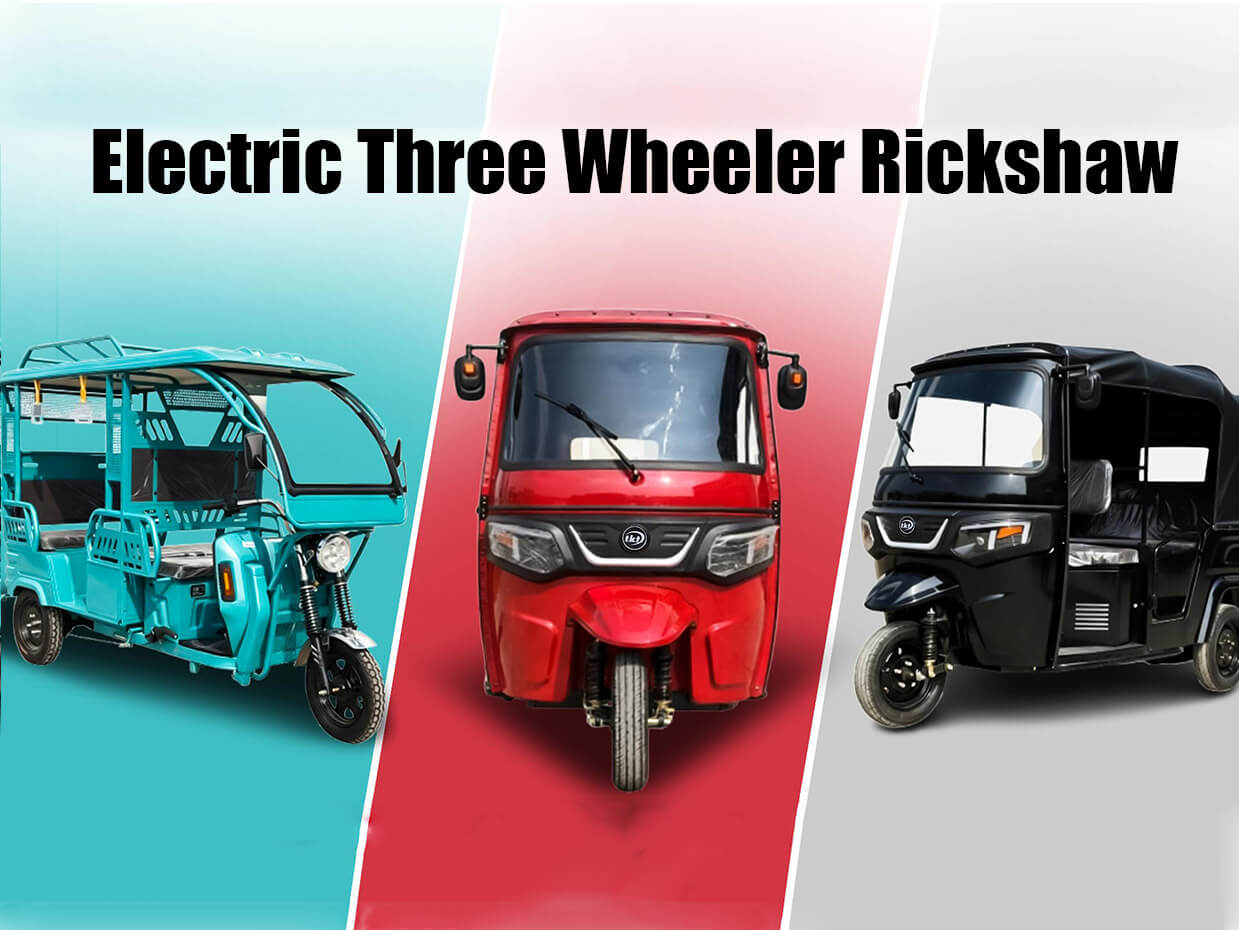With the growing demand for short-distance urban travel, electric rickshaws have become the most practical choice for short-distance commuting and delivery. Combining environmental friendliness, low cost, and ease of operation, they are changing the way people travel short distances in both urban and rural areas.
The core advantages of electric rickshaws include:
1. Zero emissions, helping to improve urban air quality.
2. Low operating and maintenance costs; electricity costs less than gasoline, and the mechanical structure is simpler.
3. Small size and high maneuverability, suitable for use in narrow or congested areas.
These characteristics give electric rickshaws a natural advantage in the “last 10 kilometers” scenario, and also create opportunities for micro-entrepreneurship and local employment.
Of course, challenges remain in the process of popularization: insufficient charging infrastructure, concerns about range and battery life, and differences in policy support across different regions. These are the main factors hindering large-scale promotion.
If you are interested in the application scenarios, operating cost comparisons, or urban promotion strategies for electric rickshaws, this article provides a concise overview of the advantages and challenges. To see more images and company case studies from the original article, please click here to read the full article: https://www.busthermo.com/electric-three-wheeler-rickshaw-news/



